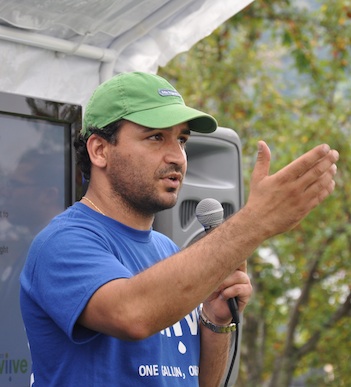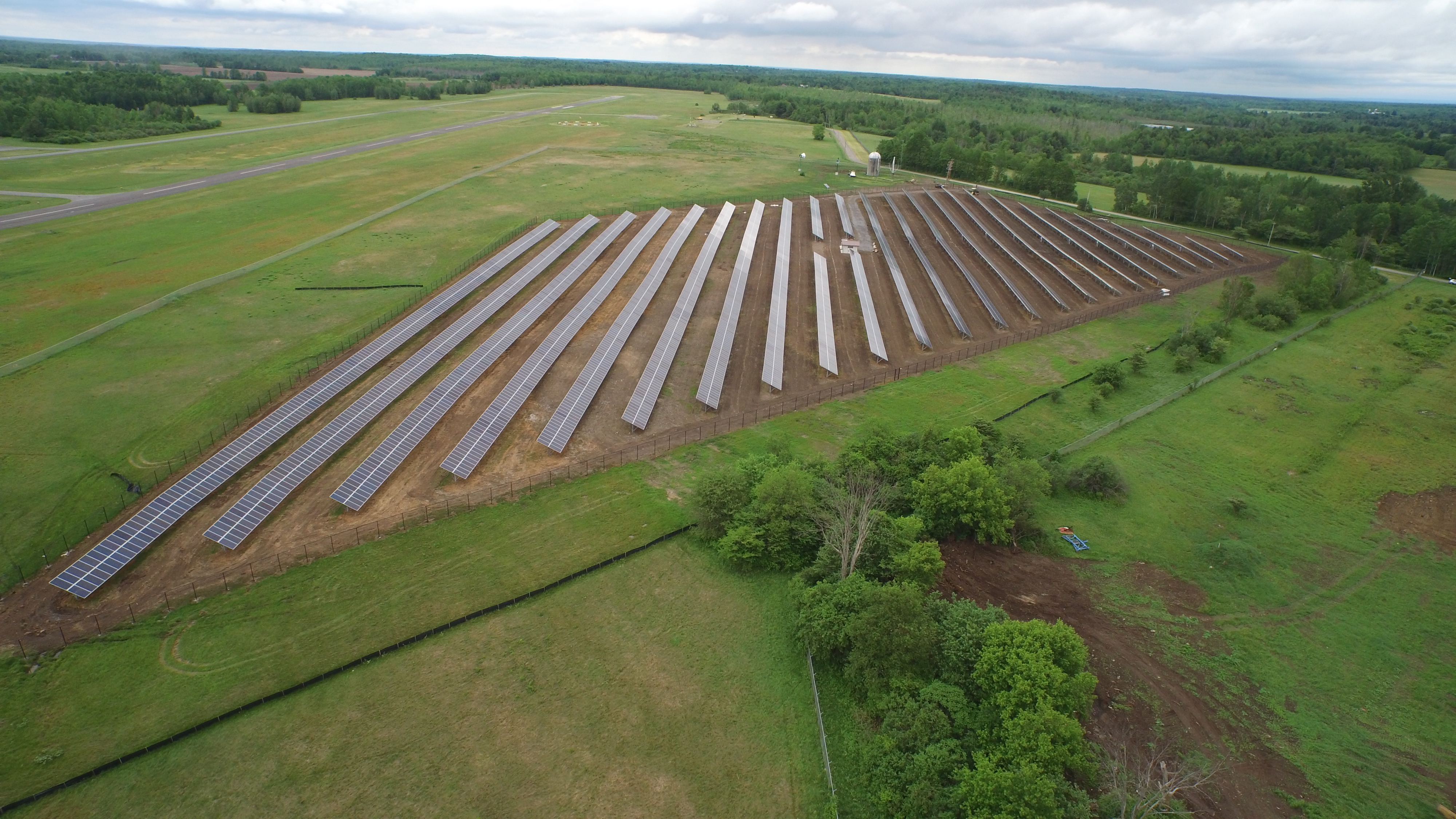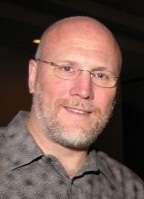At the time, Jospeh was using his background in mechanical engineering (with degrees from Florida State University), his undergraduate stint as director of a NASA-funded research lab at FSU working on rocket engines; and his strong grounding in solar energy technology to develop a solar-powered generator.
After the documentary, he changed his path, setting to work developing a concentrated solar power (CPS) system for desalinization of sea water for drinking. He realized this could have an enormous impact on developing countries.
But on the way to that mission, his company stumbled upon a waste-disposal solution for the oil and gas industry. Hopefully, that innovation that can help Epiphany Solar Water Systems raise enough money to bring the original dream to fruition.
What inspired you to start Epiphany Solar Water Systems?
I started the company with the sole intent of developing clean drinking water solutions for people in the developing world. There are 2 billion people in the world who don’t have access to clean water, and according to the World Health Organization and every other study, that number is going to grow to between 4 and 5 billion by 2025. It’s not only the biggest problem facing human society, but also the biggest opportunity for a business to do something good for the world and make money in the process.
President John F. Kennedy gave a speech in which he said the person who could find a way to make clean water from sea water, using low energy and low cost, would be worthy of two Nobel Prizes, one for peace and one for science.
We found studies from large, reputable groups showing that if we were to provide all the [world’s necessary] drinking water using conventional energy sources, we don’t have enough of those sources, even if we rededicated all of it to water purification.
But every three minutes enough sunlight hits the earth to power the human race for a year.
In 2008, we built the first prototype of our CPS system, and it worked, which is a miracle, because the first prototpye never works.
How did you get the company started?
As soon as we had the prototype, I put together a presentation and went to Innovation Works (Ben Franklin Technology Partners) and they immediately made an investment of $200,000. Between that, angel investors, and friends and family, we raised about $1 million altogether.
What was the biggest challenge in getting the company off the ground?
Blazing a new trail technologically has been a rough road; it always is. This was a huge challenge. It took us a long time, but we beat it. Doing it economically and in a simple form that is robust is all difficult.
But just as big a challenge is accessing the markets where people need this the most, because they tend to be the poorest people, and they live where it’s least developed politically and economically.
Thomas Edison invented the light bulb, but he also had to invent the whole electric industry so he could sell the light bulbs. We will also have to invent the way to take this to market; we have to create an industry in places were it doesn’t exist.
How did Epiphany change direction?
We got a phone call out of the blue from CONSOL Energy Inc., a Pittsburgh-based gas and coal company, about two years ago.
We were unfamiliar with a problem gas companies have: Every natural gas well produces water, called “produced water” that adds up to about 1 million gallons over the well’s lifespan. That water is extremely salty — between 10 and 20 percent salt [sea water is 3.5 percent salt]. It also contains some metals and minerals.
The owner has to dispose of that water, and you can’t put it into the ground or into rivers. Until now, the only viable option was to transport the water to a disposal site, which uses deep-hole injection to place it two miles below the ground, far below the water table. It’s a safe process, but it’s not cheap, and there’s the risk of a spill. And the disposal sites fill up and they have to move further away from the well. It’s currently the best practice, but they know it’s not the best possible solution.
So CONSOL called us. They saw an article about our technology in the newspaper, and thought we could use it to clean up the produced water. They decided to invest $500,000 in our company and put it to the test in the field in some of their wells. They see this as an opportunity to solve a problem for themselves and to do the right thing to make the world a better place. They should get credit for seeing the big picture.
Over the past two years, we refocused our efforts on the gas and oil industry to solve this problem. Not only does it give us credibility and the reputation we need to go back to our original mission, but it also gives us the case, since our customers will be Fortune 500 companies.
How has the company progressed since then?
We’re doing our third pilot now. We did tests in Greene County, and we’re getting ready to conduct a pilot at CONSOL’s R&D headquarters. We’re also doing one for a customer in Arkansas [a large gas company].
When CONSOL saw the results of the first pilot, they invested more in the company.
We now have about 15 employees, mostly engineers. We are leasing a 20,000-square-foot building, enough to do assembly. We outsource our sub-assemblies, and we do the final assembly. We have space around the building to store our units.
We expect to ramp up production by the end of this year, and go into full production by mid-2015. We want to make sure we get it right first, so we’re being very strategic in the way we go about this.
What’s the big differentiator for Epiphany?
Our biggest competitor economically is the disposal option for the produced water. Our prices have to be better than the cost of disposal, and that number varies drastically depending on the location of the wells and other factors. Our cost model has to be ready to shift.
Technologically, our competition is big companies that already do desalinization, like GE. But the produced water is much saltier than what they’re used to dealing with, and they only build really large systems.
Our systems are small, light-weight and modular, so we have a lot of flexibility to adapt to each well. We go to the well pad, take the produced water directly from the well head, and use a combination of solar power and natural gas as a backup fuel to distill the water and capture the steam. The salt goes into a landfill, but it could be processed and used as road salt.
The water is clean enough to drink and cleaner than rain water, so it can be vaporized and released into the air with no harm to the environment.
Writer: Susan L. Pena

↑ Top


